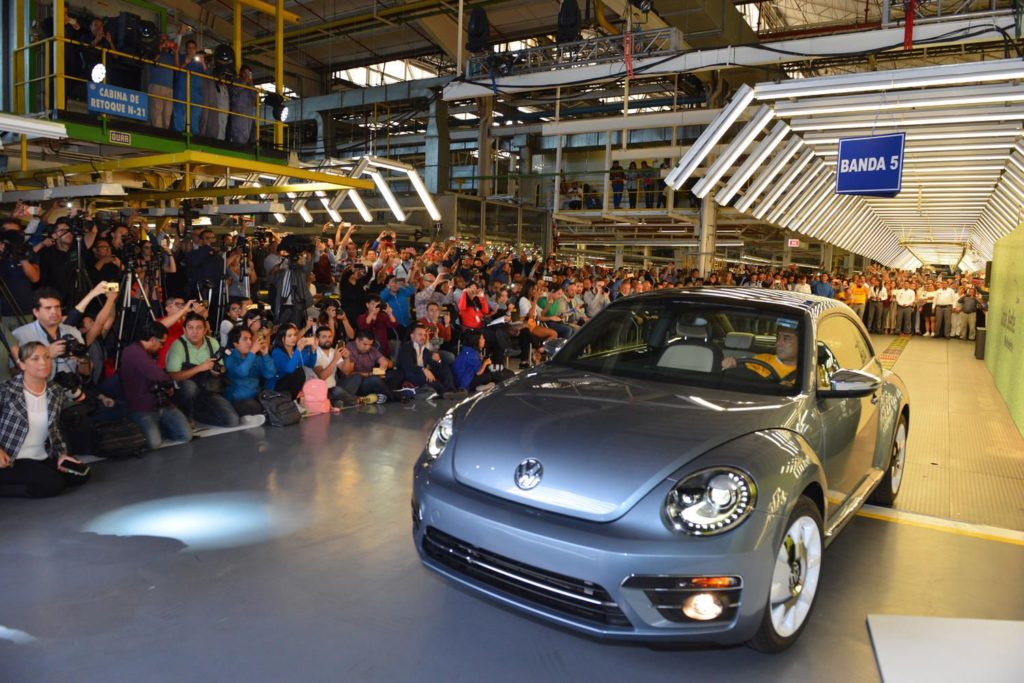It’s the end of an era for Volkswagen’s iconic model and “the most significant and important car ever made” – the Beetle.
Introduced in 1938, the model has spent more than 8 decades in the market amassing a total sales of more than $23 million and paving the way for the brand to be where it is today.
But on July 10, Volkswagen has rolled off the last Beetle it will ever make.
“It’s impossible to imagine where Volkswagen would be without the Beetle,” Volkswagen Group of America President and CEO Scott Keogh said. “From its first import in 1949 to today’s retro-inspired design, it has showcased our company’s ability to fit round pegs into square holes of the automotive industry.”
Despite its long run in the market, however, the Beetle only had three generations – the Love Bug made famous by Herbie that ended production in 2003, the New Beetle introduced in 1998, and the coupe-like 2011 version.

But while sales started strong for the final redesigned model, the Beetle eventually could not keep with new crossovers and SUVs. In 2018, Volkswagen only sold 14,411 units of the model in the United States, the lowest since the brand switched from the second-generation to the current one. In the same year, the company announced the end of production for the model after launching a special-edition version to commemorate its looming discontinuation.
The last Beetle assembled from Volkswagen’s Puebla plant in Mexico will be displayed at the automaker’s museum within the city, while the final batch built for the United States market will be part of Volkswagen of America’s collection of historic vehicles.
Following the final production of the Beetle in Puebla, the factory will work on the production of the brand’s new compact SUV specially tailored for the North American market. The upcoming model will be positioned below the Tiguan.
Any information provided on this Website is for informational purposes only and is not intended to replace consultation with a professional mechanic. The accuracy and timeliness of the information may change from the time of publication.














